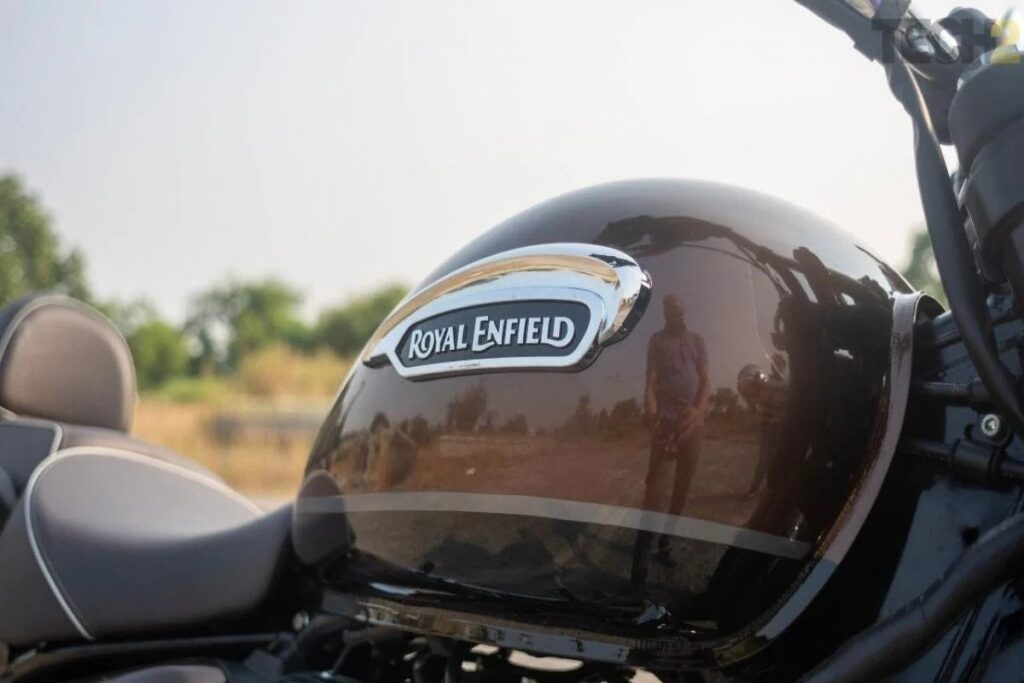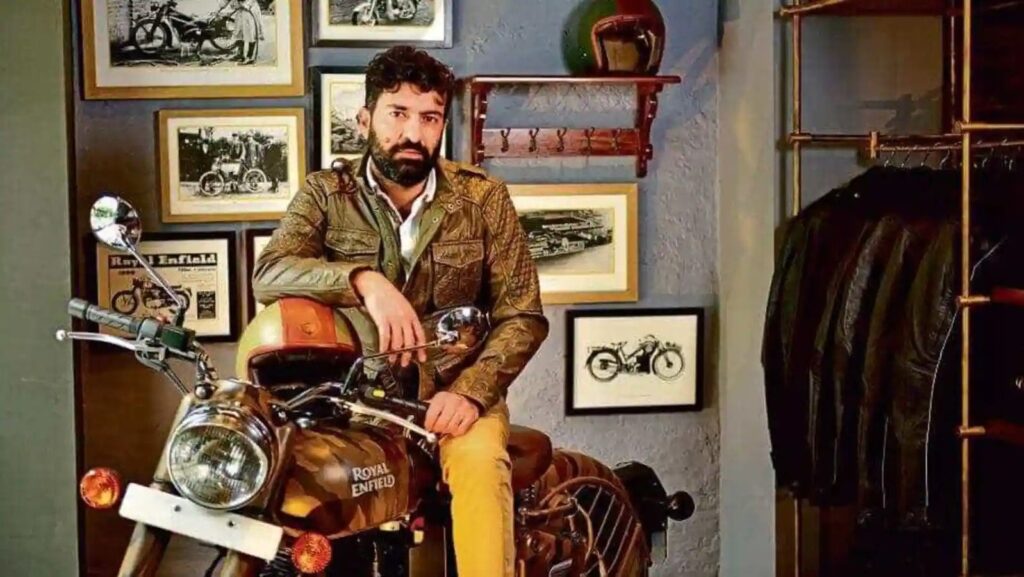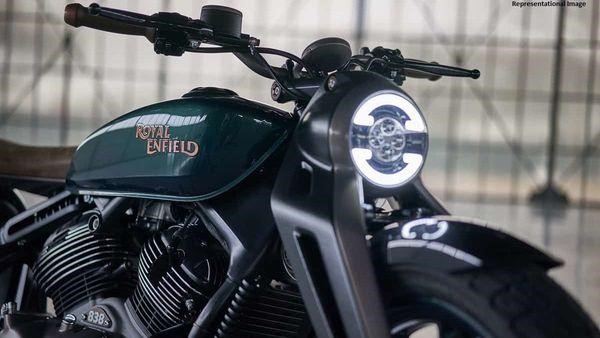Today, Royal Enfield is a status symbol that gives its riders a sense of accomplishment. The Royal Enfield Community is growing by the day, and it’s hard to believe that this company was on the verge of going bankrupt in 1994. From near-bankruptcy, the company has recovered to become one of the most lucrative in the country. Who is to credit for this? Let’s have a look.
To know this, let’s delve into the origin of the company. Royal Enfield, contrary to popular belief, is a British corporation that was formed in 1891 by Albert Eddie and Robert Smith, who started a needle manufacturing company together. This company is named Eddie Manufacturing. Later, the Royal Arms Company places an order with this company to build bicycles, which is named Royal Enfield.
In the year 1901, the business produces its first motorcycle, which proves to be so powerful and durable that the army began employing it throughout World War I. The year 1932 was marked by the launch of Royal Enfield’s ‘Bullet’ motorcycle. The Bullet garnered a large number of sales, but as the war came to an end, sales began to fall.
Due to the company’s significant losses, K.R Sundaram of The Madras Motors chose to purchase it in 1949. Vikram Lal, the business’s CEO, decides to buy the company from K.R Sundaram after operating it for several years. However, his decision proves to be a risky one for him. The company had suffered such massive losses and was in such an unfortunate state at the time that no one was willing to buy it.

The board of directors believes it’s time to get rid of Royal Enfield after keeping the company afloat for the next six years. However, as the company’s life cycle draws to a close, Vikram Lal’s son, Siddhartha Lal, asks his father for a chance. Royal Enfield’s prosperity was built on this foundation. Siddhartha employed only three techniques to transform the company from a near-bankruptcy situation to the leader in the mid-range bike segment.
Started Living the Buyer’s Life: This meant that Siddhartha started seeing the company as an end-user or a consumer rather than a CEO. He discovered the bike had several flaws after he started riding it on mountain expeditions, making it impossible to enjoy the ride. One thing he realized was how inconvenient the gear shift, which was on the right side of the bike, was. Apart from that, the bikes only had a kick start, which rebounded back with such force that it may have broken the rider’s legs. When he was riding the bike, he was also bombarded with queries about whether he was a tourist.

Although the real change came from the recreation of behavioral design, Behavioural designers use a combination of psychology, design, technology, and creative methods to discover why individuals behave the way they do. Similarly, Royal Enfield was seen as a touring bike that was not intended to be used on a daily basis.
Royal Enfield marketed itself as an emotion rather than just a product, the line ‘Be The Change’ was marketed by the brand everywhere. This led to people directly connecting the brand with their self-esteem. To take this even further, Royal Enfield started organizing several adventurous trips and sponsoring mountain rides. They also formed several clubs in cities like club Rider’s Mania. All of this led to the brand creating a loyal fan base that took pride in being associated with a brand that was a status symbol. This led to the brand being a synonym for Pride.
Royal Enfield advertised itself as an emotion rather than a commodity, with the slogan “Be The Change” plastered all over the place. As a result, consumers began to associate the brand with their self-esteem. To take things a step further, Royal Enfield began organizing and supporting various daring vacations and mountain rides. They also founded a number of clubs in cities, such as Rider’s Mania. As a result of all of this, the brand developed a devoted fan base that took pride in being linked with a status symbol. As a result, the brand became synonymous with pride.

What are the Lessons that Royal Enfield Teaches us?
- Do Not Sell What You Can’t Consume: Since several businesses do not consume their products, customers have a poor level of trust in the brand.
- Change Belief Not the People: Every firm should strive to change people’s perceptions of their brand rather than the other way around; if a brand tries to change its audience on a regular basis, it will fail to sell to anyone.
- You Lose Consumers When you Lose Focus: Eicher owned and operated more than 15 businesses in the year 2000. Siddharth then sold 13 of the 15 businesses and concentrated his efforts solely on Royal Enfield and Eicher Truck Division. As a result, they became one of India’s most lucrative automobile companies.
